There’s much more behind what at first looks like dust. Asbestos may be durable, but it is also a major carcinogen. When it is disturbed, asbestos releases many long fibers into the air which can have big negative health effects if they are inhaled. Asbestos cannot be broken down by the human body, so any asbestos which is inhaled will remain forever, scarring lungs and causing respiratory issues. Asbestos poisoning can cause mesothelioma, asbestosis, and other respiratory diseases decades down the line. For this reason, anyone who plans to work on a home that has asbestos needs to exercise caution. Likewise, residents of a home that has asbestos in it need to take precautions as well, because some forms of the material are prone to breaking down as they degrade, releasing carcinogenic fibers into the air.
If you are planning a major home renovation, it’s a good idea to go ahead and remove asbestos from your home, particularly if it is degrading. As with lead abatement, removing asbestos will add time and cost to your project. Once it is done though it will pay off tenfold in peace of mind, not to mention it will free your home from carcinogens.
Where In My Home Might I Find Asbestos?
At the end of the day, it’s difficult, if not impossible, to know for sure that some part of your house uses asbestos just by looking at it. However, if your home was built before 1980, there’s a good chance that it could have asbestos in the following places:
- Insulation: Many homes from the 1960s have asbestos insulation in the attic. Asbestos insulation comes in the form of Vermiculite which was used in many homes as an insulator. This asbestos-containing material resembles a collection of brown pebbles and it will start to fall apart as it decays. If you suspect your degrading insulation contains vermiculite, avoid working in your attic if there are signs the insulation is breaking down.
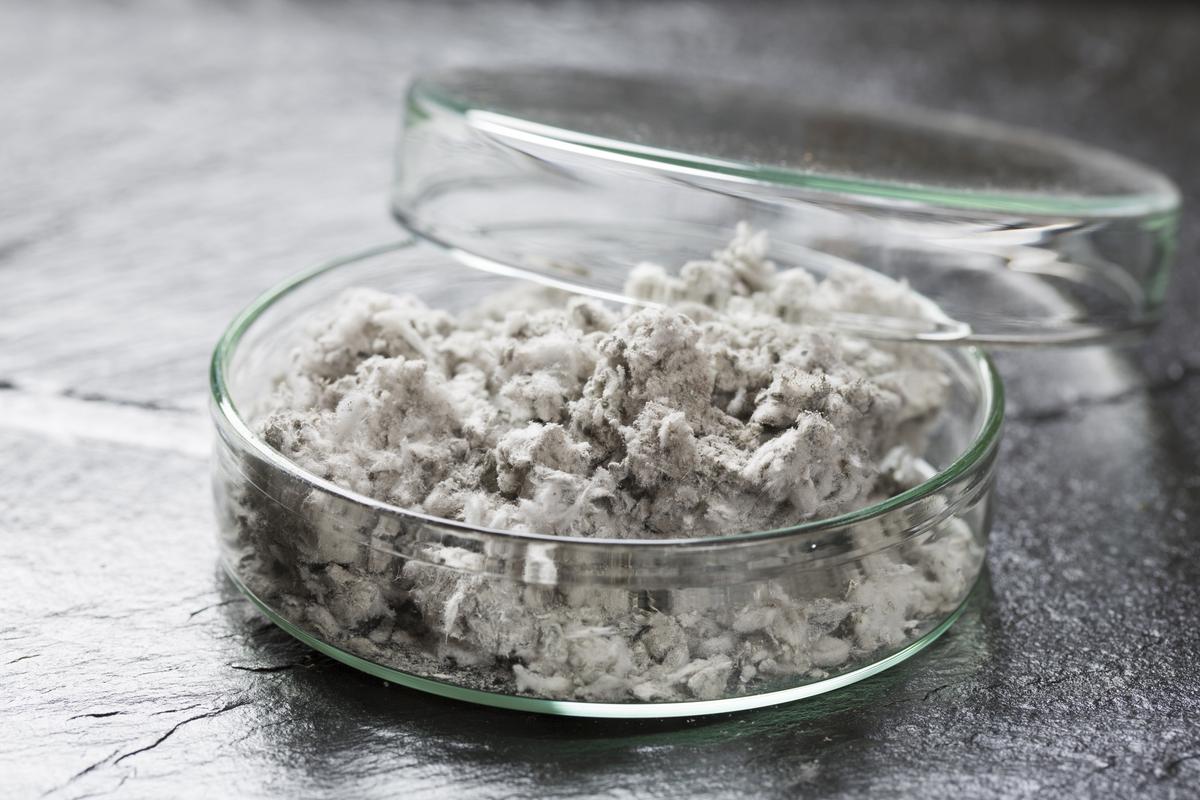
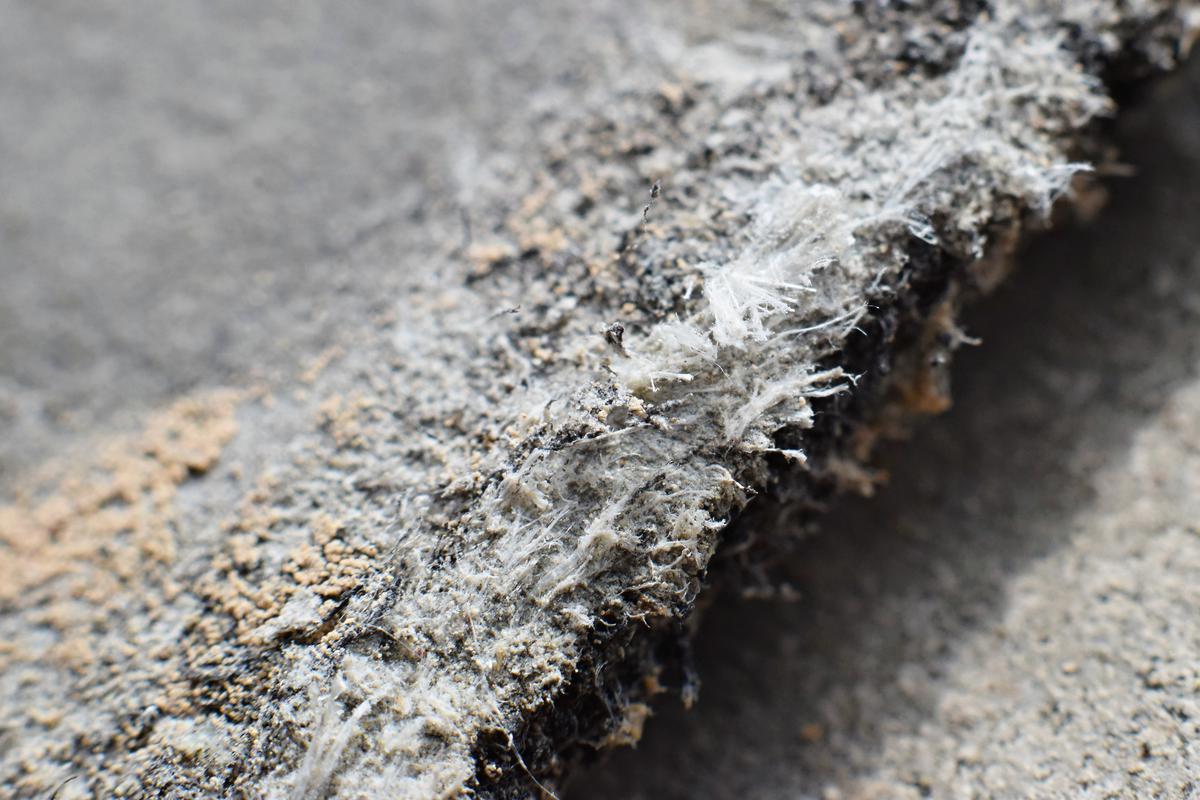
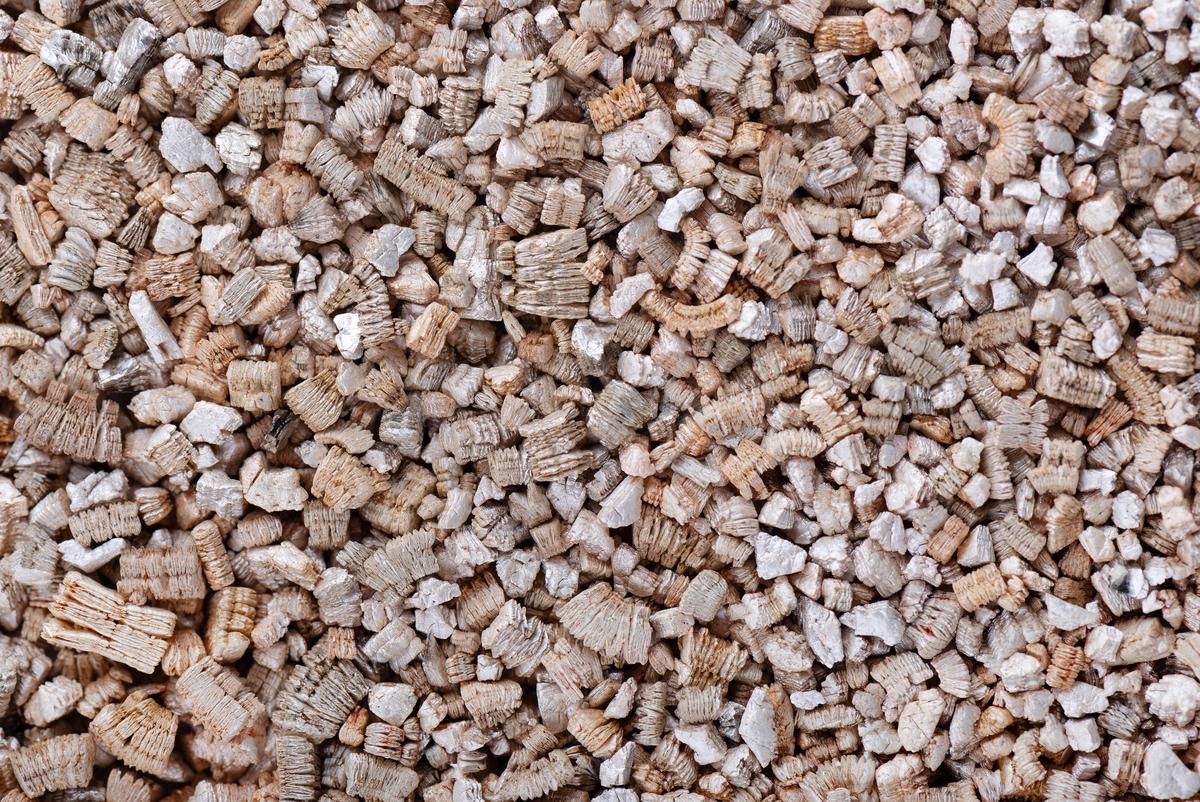
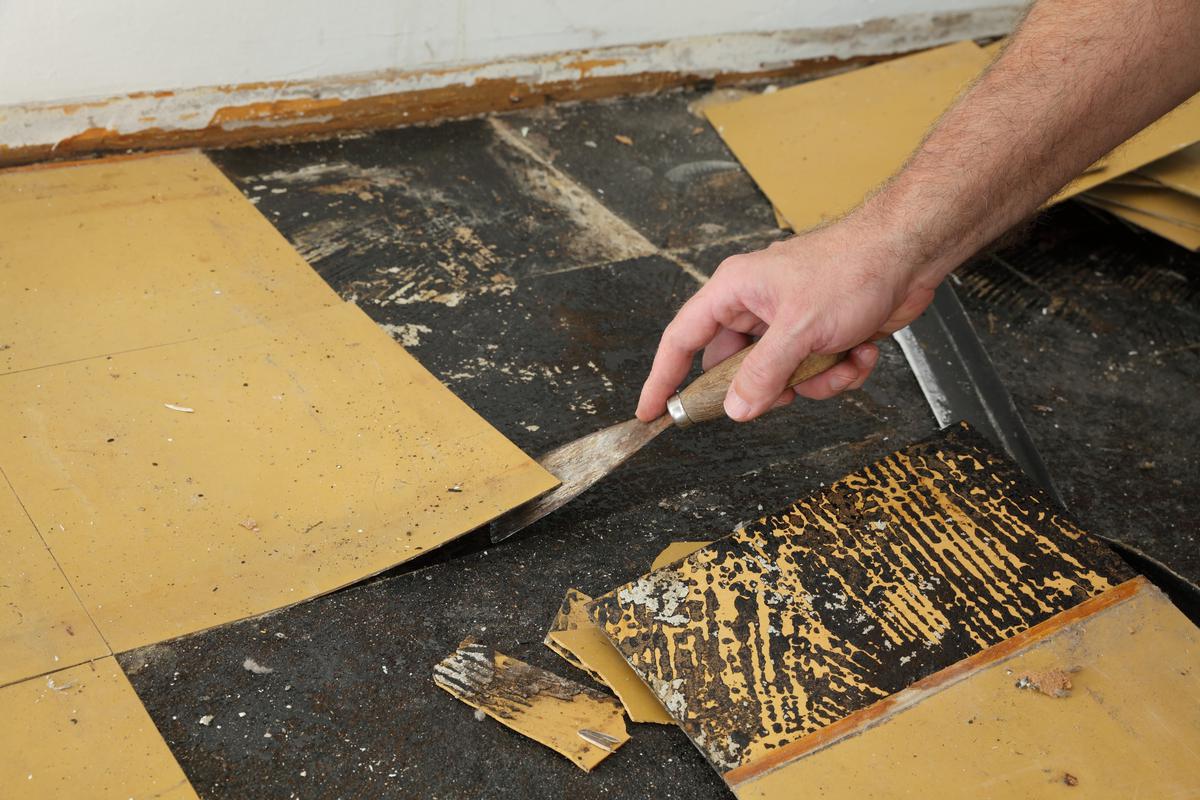

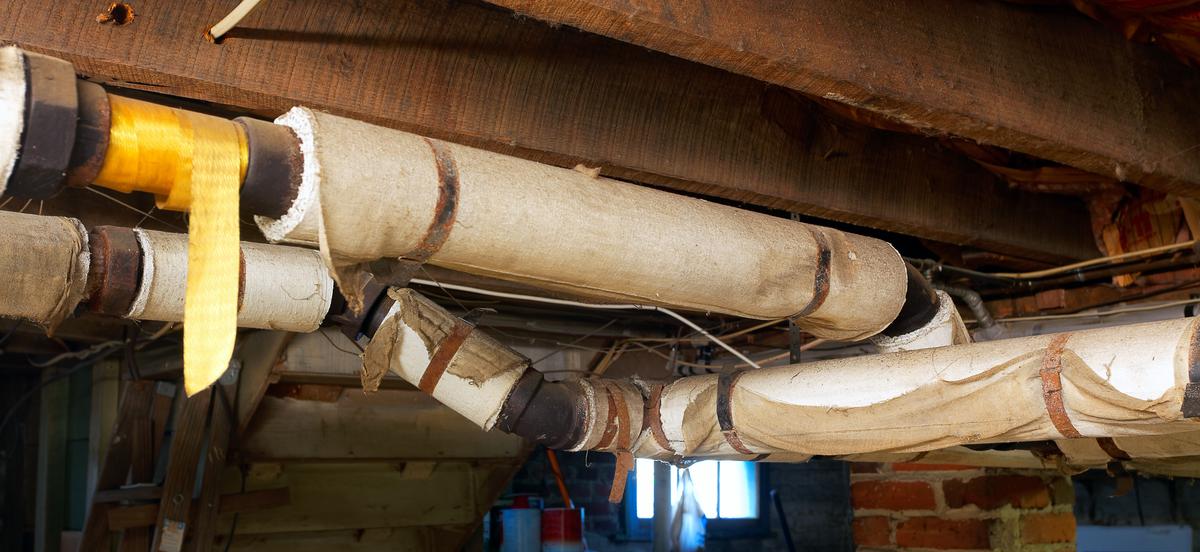
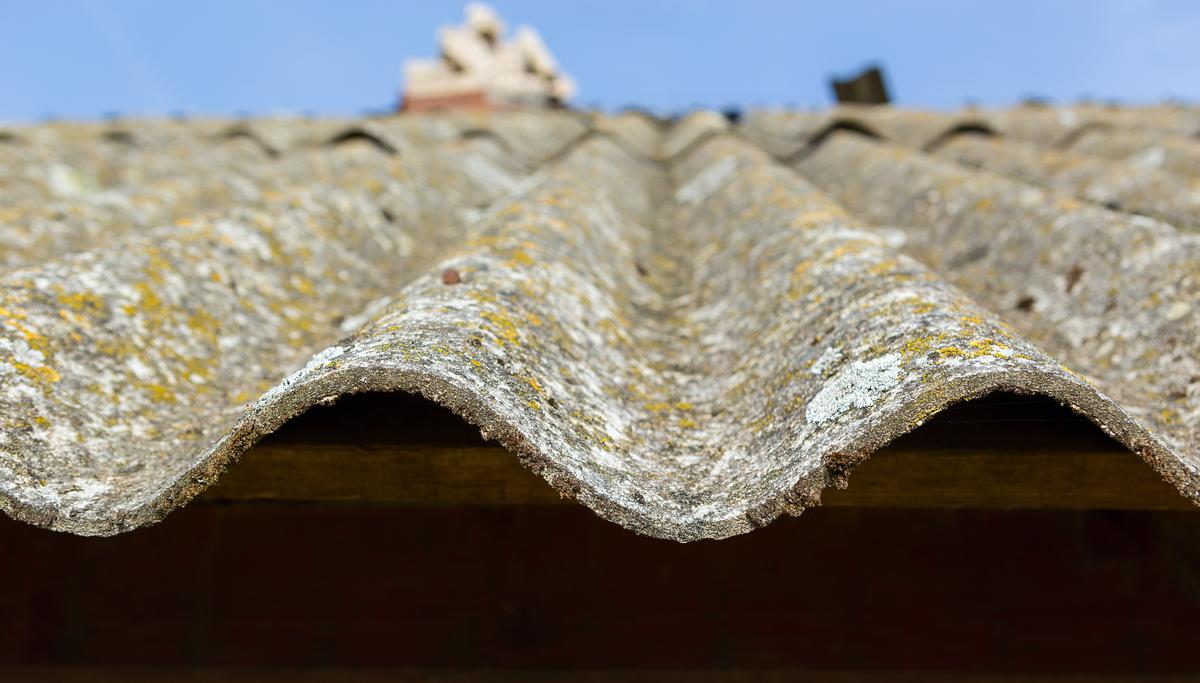


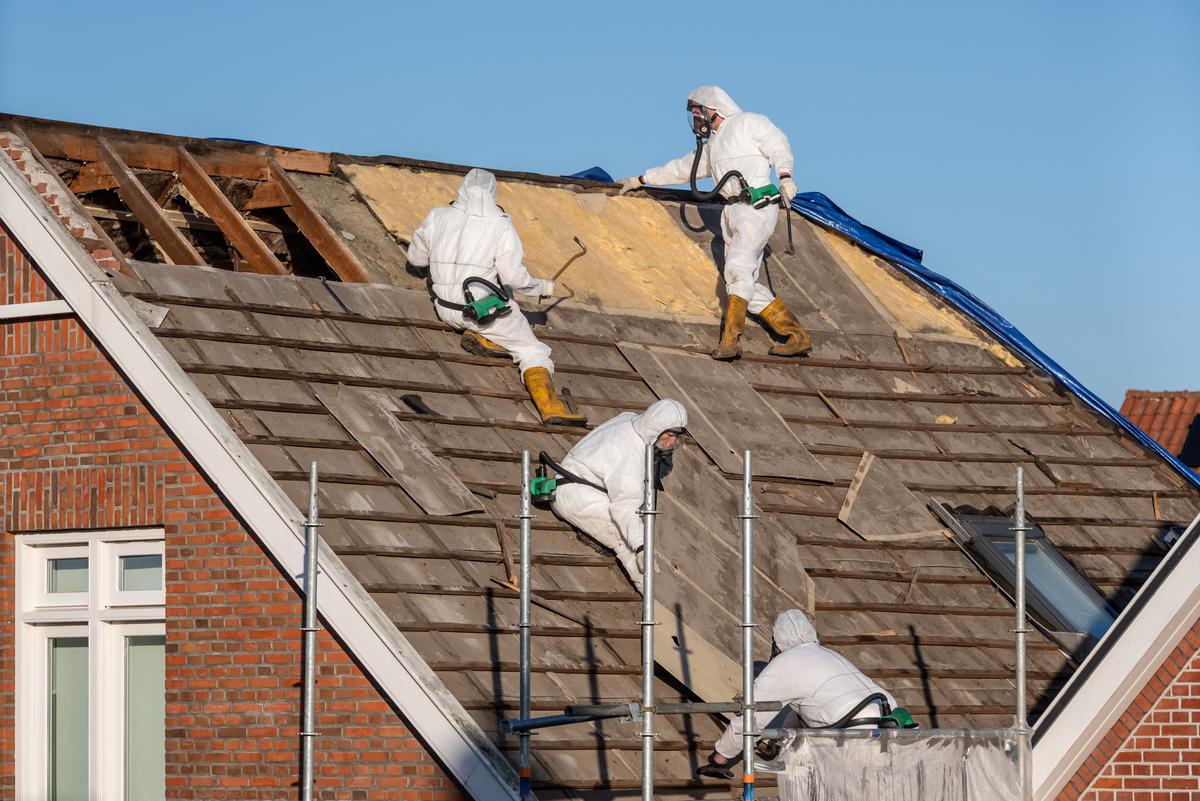



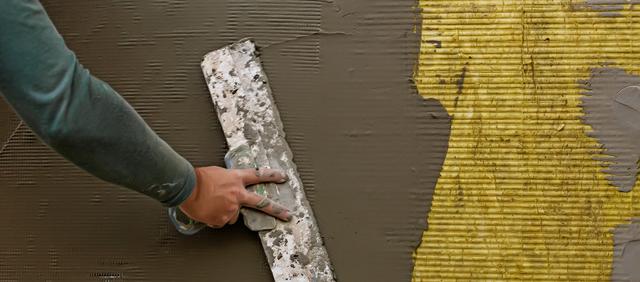

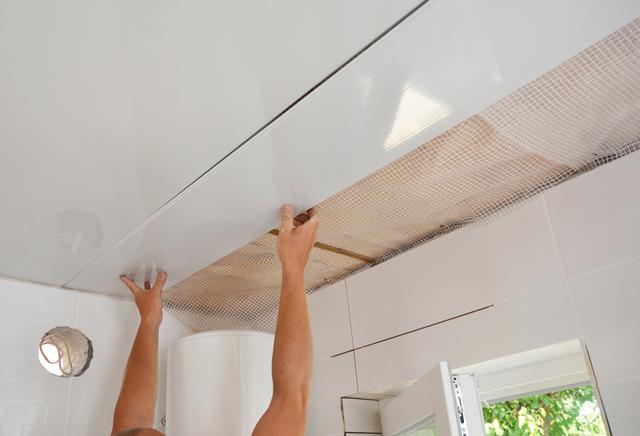
comments